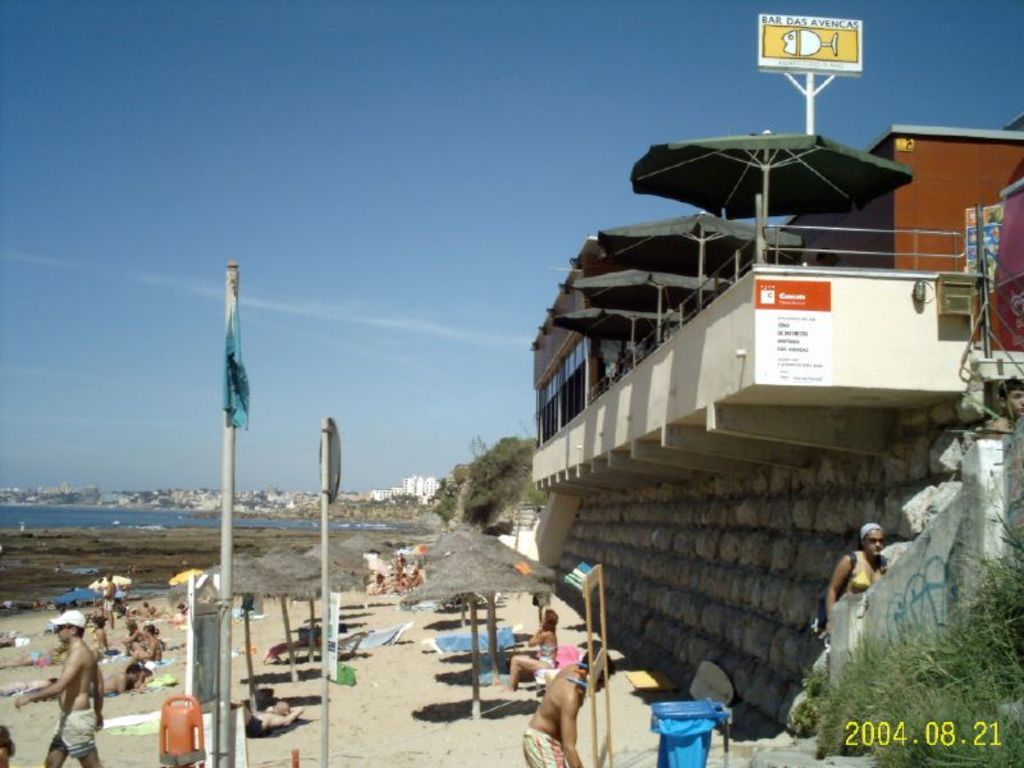Increase in May Prices: Identifying Rising Items in Kazakhstan - May Inflation Reaches 11.3%
In the spring of 2025, inflation in Kazakhstan clocked in at a whopping 11.3% year-on-year, as reported by the National Statistics Bureau.
Now, if you're wondering how that breaks down, allow me to elaborate. In May, prices saw a slight bump of 0.9% compared to April. That's where paid services spiked by 1.3%. Dig a little deeper and you'll find food prices shooting up by 0.9%, while non-food prices saw a more modest increase of 0.6%.
The rise in prices was a common theme across several categories, including:
- Lemons, where you'd pay an eye-watering 9.1% more;
- Apples seeing a 6.1% surge;
- Pears climbed by 5.2%;
- Grapes went up by 5.1%;
- Gold wedding rings don't come cheap - a 4.6% price hike;
- Building materials raised by 1.1%;
- Clothing and footwear, as well as personal goods, bumped up by 0.8%.
However, it wasn't all doom and gloom. The cost of services such as cold water, sewage, gas, and electricity, among others, saw a rise, too. Railway services and sanatorium services witnessed a 2.1% and 2% increase, respectively.
On the other hand, some prices actually dropped:
- Cucumbers saw a 37.1% drop;
- Tomatoes followed closely at 19.8%;
- Cabbage, bananas, and eggs all witnessed a reduction in cost by 7.7%, 5.7%, and 2.4%, respectively.
The regions with the lowest monthly inflation were Karaganda (0.2%), Astana (0.3%), and a slew of others - Akmolinsk, Almaty, Mangystau, Turkestan, and Ulytau - all reporting 0.6%.
For the full context, it's worth noting that the IMF has recently suggested several strategies for Kazakhstan to tackle inflation. Here's a summary:
- Monetary Policy: The IMF advocates for keeping monetary policy tight until inflation nears its target. Translated into simpler terms, that means maintaining higher interest rates to discourage borrowing and spending, which can help quell inflationary pressures.
- Fiscal Policy: The IMF proposes corrective fiscal measures to cap fiscal deficits. By cutting spending or increasing revenue, Kazakhstan can help keep inflation in check and sustain medium-term economic stability. This includes bolstering the assets of the National Fund for the Republic of Kazakhstan.
- Economic Diversification: Although not a direct aid to inflation, the IMF supports Kazakhstan's push for economic diversification and technological advancement. By lessening the dependence on sectors susceptible to global economic volatility, long-term inflationary risks might be mitigated.
- Balanced Vigilance: Finally, the IMF stresses the importance of being vigilant in policy modifications to respond to shifts in underlying inflation, and to maintain a delicate balance between price and financial stability.
For more insight into this discussion, check out:
- "Passport stamped". Zhumanazar explains why Kazakhstan doesn't regulate potato prices
- IMF's advice for Kazakhstan on tackling inflation
In light of the IMF's recommendations, the Kazakhstan government may need to consider implementing tighter monetary policy in finance to maintain higher interest rates and reduce borrowing, as part of their efforts to combat inflation. Furthermore, implementing corrective fiscal measures, such as cutting spending or increasing revenue, could help Kazakhstan keep inflation in check and ensure medium-term economic stability, according to the IMF's suggestions.






